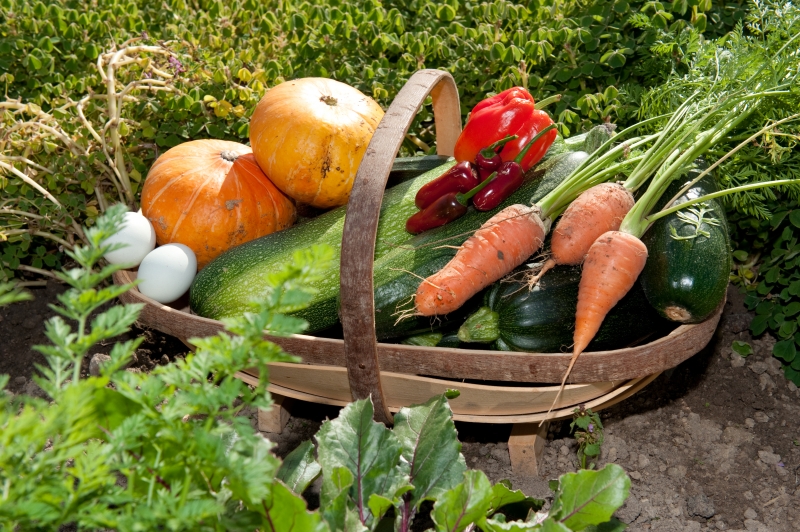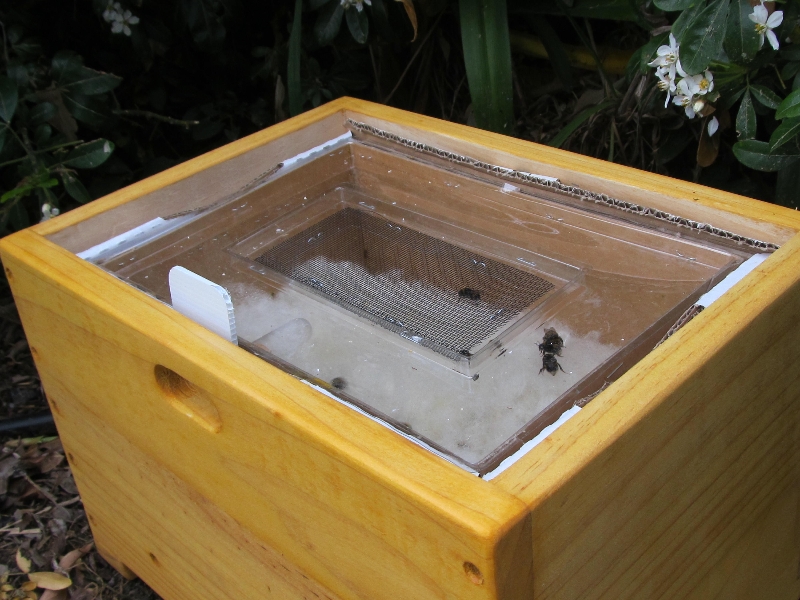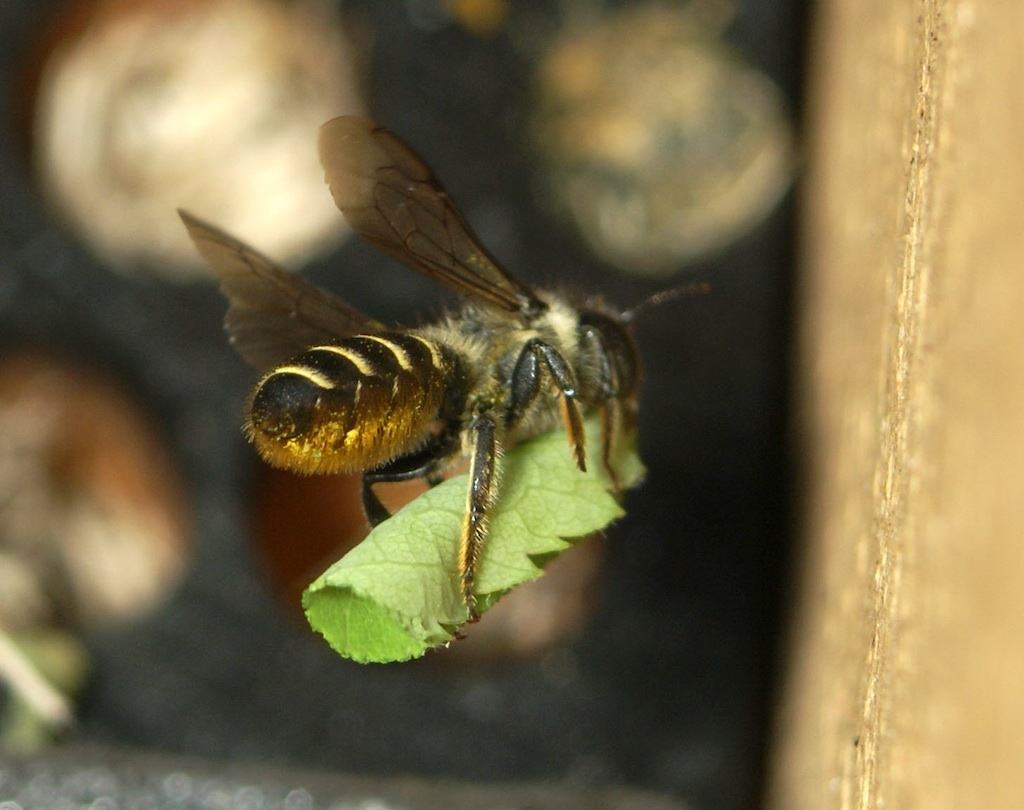Keeping food on the table – Raise Amazing Pollinating Leafcutter Bees and increase Bumble Bee numbers.
Bees are vital to our food supply!
Honey bees pollinate 1/3 of our food supply, and another third of the food sources for our meat products. Sole reliance on the troubled honey bee threatens our ability to pollinate fruits and vegetables to feed a growing population. Creative Woodcraft has a simple, but bold solution to help keep food on the table.
And gardeners are the key to success!
Our goal is huge, but doable
- We will help supplement the honey bee with the overlooked, but superior leafcutter bee pollinator. But we need more of these gentle-natured bees. Our BeeGAP (Gardeners Adding Pollinators) program enlists gardeners to increase awareness, raise leafcutter bees successfully, and pass on excess bees for re-homing to other gardeners.
- We want to introduce and attract more bumble bees into our gardens. Not only do you get great pollination, your community wins with additional pollinators as they spread each season.
How You Can Help
Gardeners are early adapters to healthy and better gardening practices. We offer lots of ways for how you can make a difference, and change the way we all pollinate our food.
Get involved and help us increase our leafcutter bee and bumble bee numbers.
It’s easy to sign up for “Bee-Mail”




